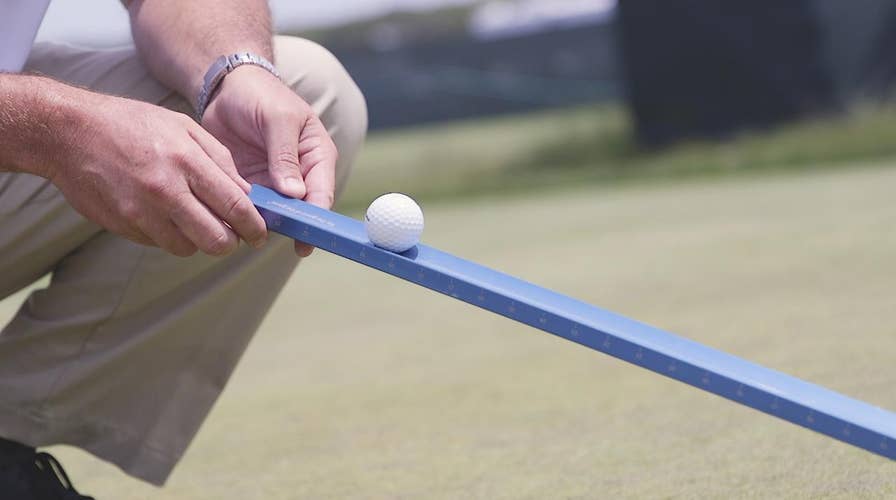US Open: What on Earth is a Stimpmeter?
Darin Bevard, the director of Championship Agronomy for the USGA Green Section tells Fox News what a Stimpmeter is and how he’s maintaining the greens at Shinnecock Hills Golf Course for the 118th U.S. Open.
The 10-foot putt for the win, the grasped trophy, the fist pump—all iconic moments of golf, for professional and recreational golfers alike. These events typically take place on putting greens and the greens at Shinnecock Hills very well could be the stage for legendary moments at the 118th U.S. Open.
Fox News wanted to learn about the technology that goes towards maintaining greens for tournaments like the U.S. Open and consulted Darin Bevard, the director of Championship Agronomy for the USGA Green Section.
“We like to refer to the U.S. Open as the ultimate test in golf,” Bevard explained. “And to do that, we generally like to have faster greens and firmer greens that offer a little bit more of a challenge to the players.”
So how do agronomists like Bevard maintain the greens and keep them challenging for the pros? They use a device known as a Stimpmeter.
“A Stimpmeter is what we use to measure green speed,” Bevard said. “It’s pretty simple, it has a notch in it, you put the golf ball in the notch, and when it’s on the ground you raise it up and when it gets to a certain height, the golf ball releases.”
Bevard and his crew then roll the golf ball three times in one direction. They go to where the three balls landed, and repeat the process in opposite direction. Finally, they take the average of the two and that's the green speed.
Not only does Bevard keep a close eye on green speed, but he is also making sure the greens at Shinnecock are maintained below a tenth of an inch in height. “If you stack a couple of dimes on top of each other, that’s not too far off from a tenth of an inch, that’s all the grass on these greens," he explained.
To see Darin Bevard use the Stimpneter, watch the full interview above.

